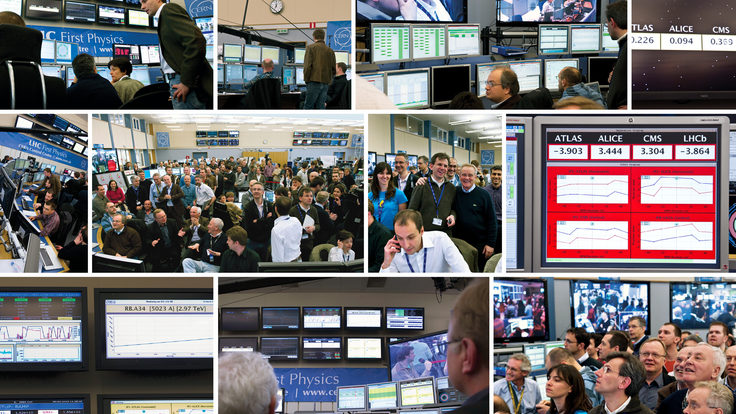Video: The search for dark matter — and what we've found so far
Astrophysicist Risa Wechsler explores why dark matter may be the key to understanding how the universe formed, and shares how physicists in labs around the world are coming up with creative ways to study it.





